
Another school year will soon begin! I am looking forward to seeing my big kids (middle and high school students.) It’s amazing how much they change after just a few weeks away from us! We see them so much during the school year, so I guess we just don’t notice how much they gradually grow and mature. However, after a few short weeks in the summer, they seem to metamorphosized into new creatures–taller, deeper voices and (sometimes) a little more mature! It’s why I like working with the big kids. We get to watch them turn into young adults. We take part in this process by providing them with the academic encouragement, support and nurturing that is so crucial during this often challenging time in their lives.
But how can you motivate them to happily participate in speech/language sessions without them feeling like you are holding them for ransom? That’s the tricky part! As the school year gets underway, I have a few suggestions to help create those all-important connections that will set the groundwork needed to build good communication skills.
1- Share something about your summer break with them! It will help your students realize that you have a life outside of school and enjoy other interests and activities besides speech/language therapy. They will also be more inclined to share something about their own summer. Be sure to focus on the fact that they don’t need to impress you with a story about a fancy vacation; any experience that was a break from their school year routine is worth sharing! I will be bringing in a jar of shells that I collected on the beach this summer. They are called “jingle shells,” or “mermaid’s toenails.” People often collect them and turn them into wind chimes or jewelry. I will see if my students can figure out why they are given these names and hopefully conjure up a successful conversation with them!
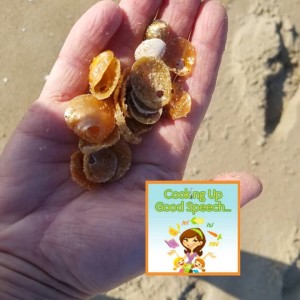
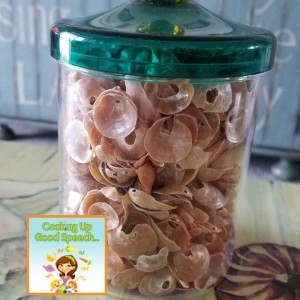
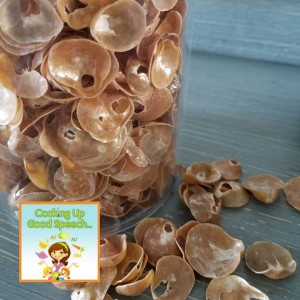
2- Play a “getting to know you” game. My favorite first week of school game is Jenga. I use the FREE open-ended icebreaker activity from Rachel Lynette’s TpT store to accompany this game. Cut out all 54 statement strips and tape them to each block. Remember that even the big kids love games. Jenga is interactive, hands-on, a bit competitive (many of my boys especially love anything that can become a fun competition) and a great way to get to know your new (and returning) students.
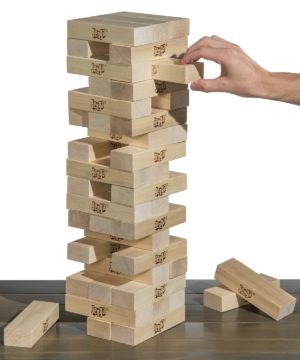
3- Try my FREE Back to School activity in my TpT store:
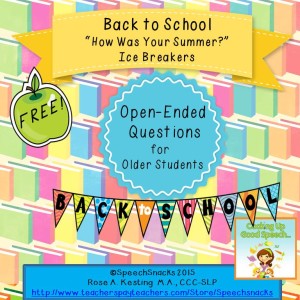
Use the 12 open-ended questions cards to find out how your students spent their time off during the summer. Laminate and cut the cards and place in a pile. Have students take turns responding. (Incorporate a game board or your own game rules as an option.) Be sure to include yourself in the activity and share your own responses with your students! These cards are a great way to initiate conversations and elicit lengthy responses as well as informally assess language skills, topic maintenance, eye contact, vocabulary choices, etc…As a written language warm-up, use the lined paper activity sheets and have your students write out complete sentences for each of the questions. I hope this activity helps ease you into your school year while reminiscing about sunny summer days!
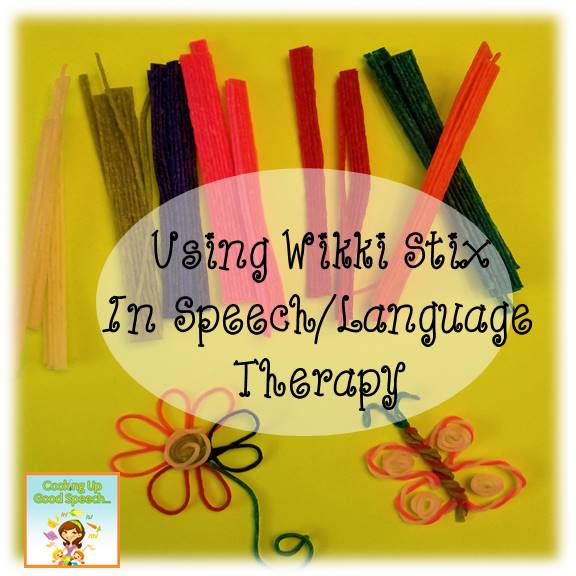
4. Wikki Stix: Are you familiar with these bendable wax sticks? Are you already using them in your therapy sessions? (I’ve provided an Amazon affiliate link below if you want to order the big box of sticks.) These are definitely a hit with the younger students, however, the big kids like this activity too because it’s not juvenile and “cutsie” and they are happy to engage in a creative, hands-on diversion (without realizing just how effectively it is helping us assess their communication skills!) Oh, and the best part is, they can be untangled, untwisted, undone and used over and over again.
Here are some ways you can use Wikki Stix in your sessions:
- As an icebreaker at the beginning of the year: You’re probably familiar with the M & M icebreaker game where you assign each candy color a topic or question to answer. (i.e. pick a red candy out of a bowl and tell everyone your favorite summer memory, pick a green one, and talk about your favorite subject, etc… Well, if you’re tired of that “same old, same old” game, substitute the Wikki Stix. Students need to pick a stick color out of a pile (without looking) and answer the open-ended questions representing each stick color. Get creative with the questions! I found this fun list of 100 Questions to Get to know Your Teenagers. I think it will definitely get them talking (and thinking). Keep this activity low prep by simply putting a colored stick next to each handwritten question on a piece of paper or dry erase board. Here are a few of the questions you could assign to the sticks:
- Who’s your favorite band or solo artist?
- What do you see yourself doing in 5 years? 10 years?
- What do you do when you feel bored?
- Who is your hero and why?
- Do you have a favorite movie?
- What music makes you particularly happy?
- How do you handle stress?
- What do you enjoy doing for fun?
- Do you like to read?
- What do you dream about?
- What really makes you angry and why?
- What makes you most afraid?
- Do you have a favorite color?
- What is your favorite thing to do outdoors?
- What makes you laugh?
- What do you think of bullying?
- Do you believe in soul mates and true love?
- Have you thought about what career or job you want to have?
- What are your thoughts on marriage?
- Do you think of yourself as religious or spiritual?
- What do you wish you knew how to do that you can’t right now?
- What subjects in school do you enjoy learning about?
- Do you consider yourself more introverted or extroverted?
- Do you think you’re more creative or practical?
- How important is family to you?
- When you have free time what do you enjoy doing?
- What motivates you the most?
- Do you find it easy to make friends or difficult?
- What’s your favorite book?
- Do you feel like you procrastinate?
- Do you feel like a responsible young adult?
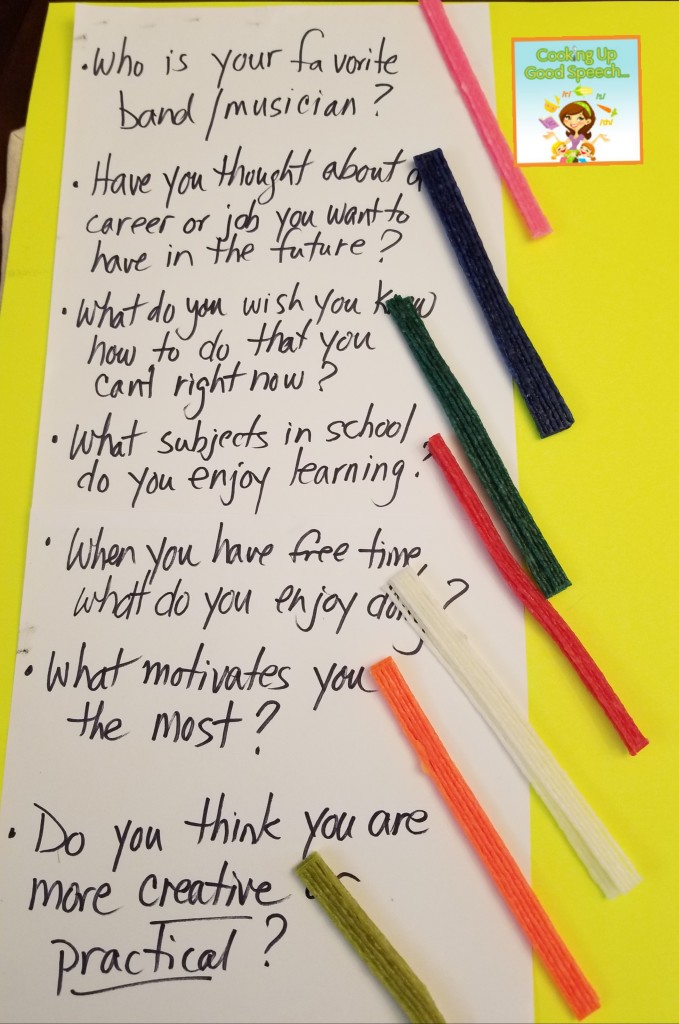
- After the game is complete, use all the earned sticks collectively to have your group create a “sculpture,” or picture. This involves teamwork, good communication for describing skills, turn-taking, and making compromises.
- Students can also work independently and use the sticks they have earned to make their own creations. Students can then provide clues to help out the rest of the group guess what the object is. Older students love a little bit of a challenge and this is a unique way to get them motivated to use good communication skills.
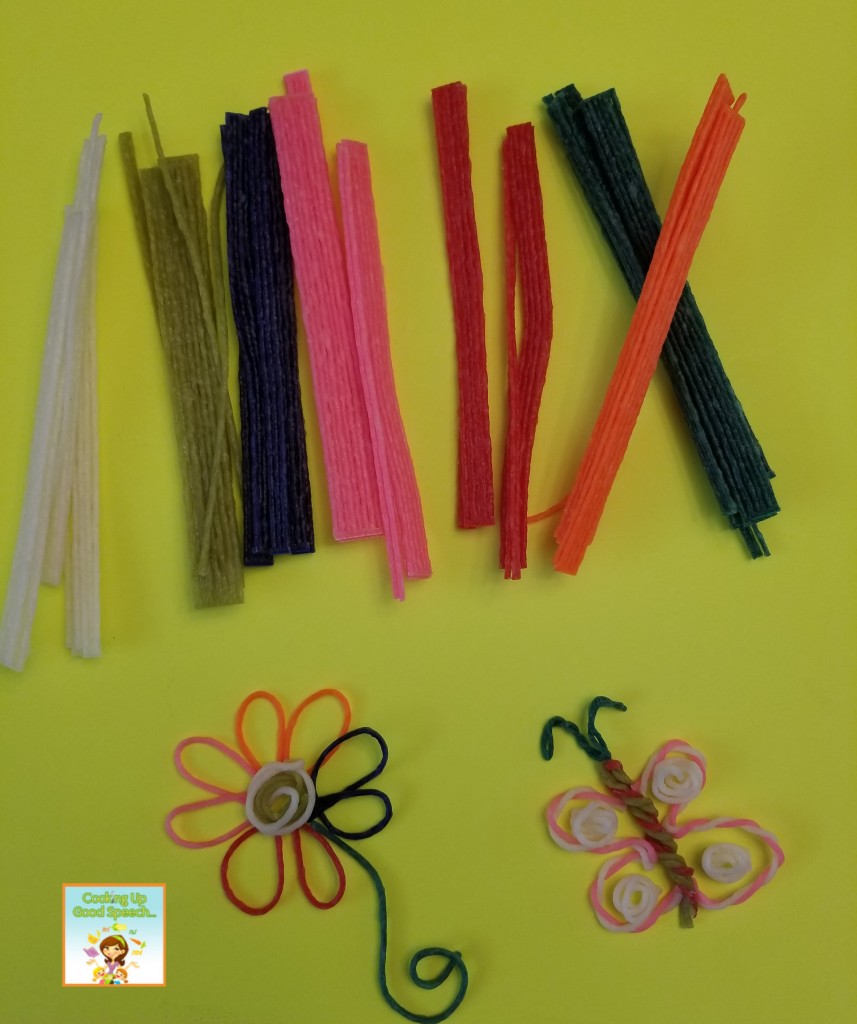
- As a barrier game (use any time, not necessarily as an icebreaker at the beginning of the year.) Put up a file folder or book as a barrier and have one student lay out the sticks on a sheet of white paper to form a design, image, shape, etc. using several different stick colors. Put the rest of the sticks in a pile. The student needs to describe his creation to the rest of the group in detail. The goal is to get their sticks to look as close to the one being described as possible. The group should ask questions for clarification when needed. When finished, everyone reveals their sticks to see if they have come close to creating the one described to them. Your older kids will find this just as fun and challenging as your elementary students. Remember, even the big kids love being crafty and enjoy game format activities—no matter how cool they might try to be on the outside!
- Articulation practice: Draw your student’s speech sound on a sheet of paper, slip on a plastic sheet protector sleeve and let them “trace” their sounds with a wax stick. They can practice good articulation as they form the stick around the letter(s) or form the sound on the paper first with the stick and then repeat the sound over and over by tracing the stick with their finger. Such a great kinesthetic, multi-sensory way address articulation. Plus it’s so low-prep!
- Find a simple black and white line drawing, (find one online or pick one out from a coloring book) print it off, laminate it or add a plastic sleeve cover and outline the drawing with the wax sticks. Students can earn sticks for correct responses to a speech/language target; or, use the line drawing to elicit a conversation that focuses on describing the picture as you outline it with the sticks.
- If you use Wikki Stix in your therapy sessions, I’d love to hear what you use them for! Hope you have a great beginning to your new school year!











Great post (as usual). Mermaid’s toenails is a nicer name than what I’ve heard those shells called, “grandpa’s toenails.” Yuck!